Gone are the days when crossing oceans meant being squeezed into massive widebody aircraft like sardines in a can. Today’s single-aisle planes are stretching their wings farther than ever, proving that size isn’t everything when it comes to conquering continents.
These aviation workhorses are now tackling routes and delivering passengers across thousands of miles while keeping costs manageable and legroom… well, let’s just say “economical.”
Top 10 Longest Narrowbody Flights
The summer of 2025 marks a remarkable milestone in aviation, with 57 routes featuring single-aisle aircraft covering more than 3,000 nautical miles. Here are the top 10 longest narrowbody flights, ranked by distance:
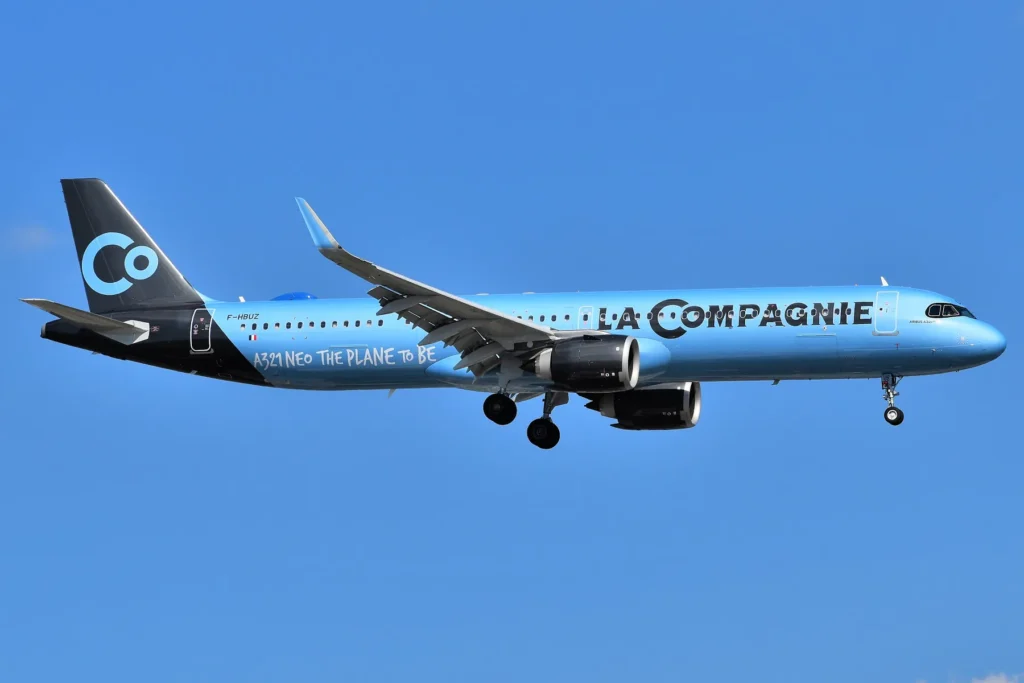
1. La Compagnie (B0): Newark (EWR)-Milan Malpensa (MXP)
Distance: 3,473 nautical miles | Flight Time: 7h 55m | Aircraft: A321LR
This French boutique airline claims the world’s longest narrowbody crown with flight B0301 operating 332 times during summer 2025.
La Compagnie’s all-business class configuration features just 76 fully lie-flat seats with 15.7-inch touchscreens. Incorporated as ‘DreamJet,’ the airline launched this route in 2022 as a core year-round service alongside Paris-Newark.
2. La Compagnie (B0): Newark (EWR)-Nice (NCE)
Distance: 3,471 nautical miles | Flight Time: 7h 45m | Aircraft: A321LR
Just two nautical miles shorter than Milan, flight B0201 operates 92 times seasonally, targeting wealthy travellers bound for Cannes, Monaco, and Saint-Tropez.
The lighter passenger load of only 76 business-class seats provides weight savings that enable these ultra-long routes while maintaining faster flight times than typical narrowbody operations.
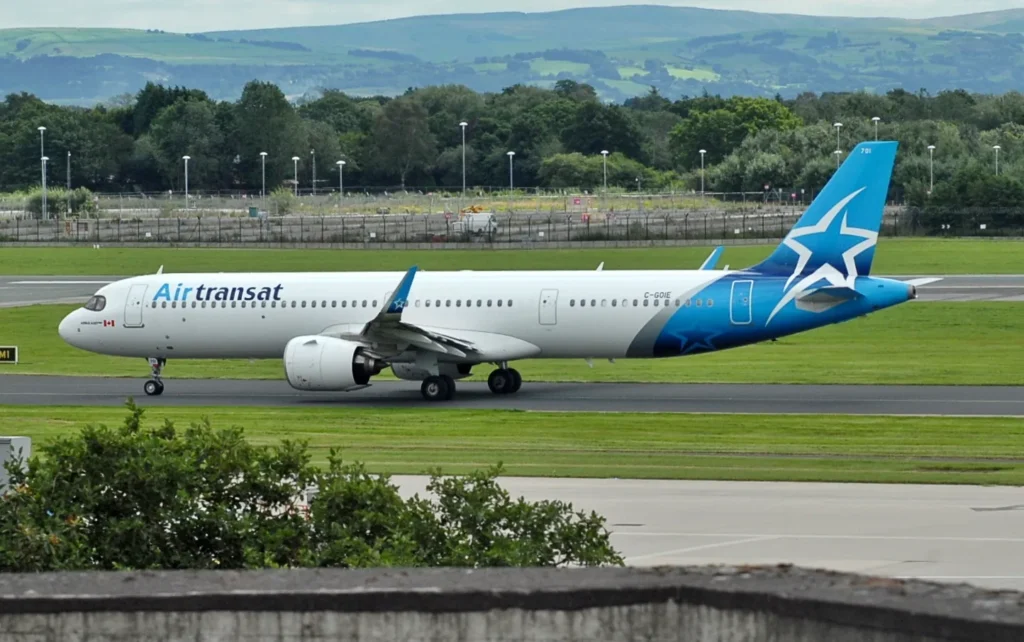
3. Air Transat (TS): Lima (LIM)-Montreal (YUL)
Distance: 3,404 nautical miles | Flight Time: 8h 20m | Aircraft: A321LR
Flight TS151 operates 120 times annually on this year-round service launched in December 2023. This Canadian leisure airline connects tourists exploring South America with the Peruvian diaspora in Canada.
Air Transat (TS) operates twelve routes exceeding 3,000 nautical miles and plans an even longer Berlin route in 2026.
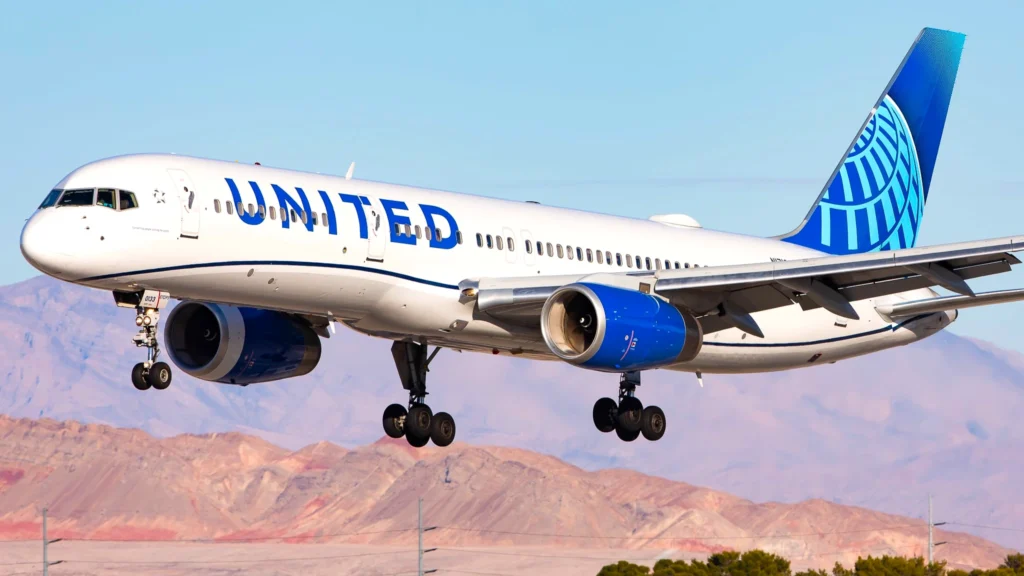
4. United Airlines (UA): Stockholm (ARN)-Newark (EWR)
Distance: 3,404 nautical miles | Flight Time: 8h 40m | Aircraft: Boeing 757-200
Flight UA69 operates 176 times with the veteran Boeing 757, maintaining a transatlantic connection with two decades of heritage since 2005.
United competes with Delta’s Boeing 767 service from JFK. The airline plans to replace all 757s with A321XLRs by decade’s end.
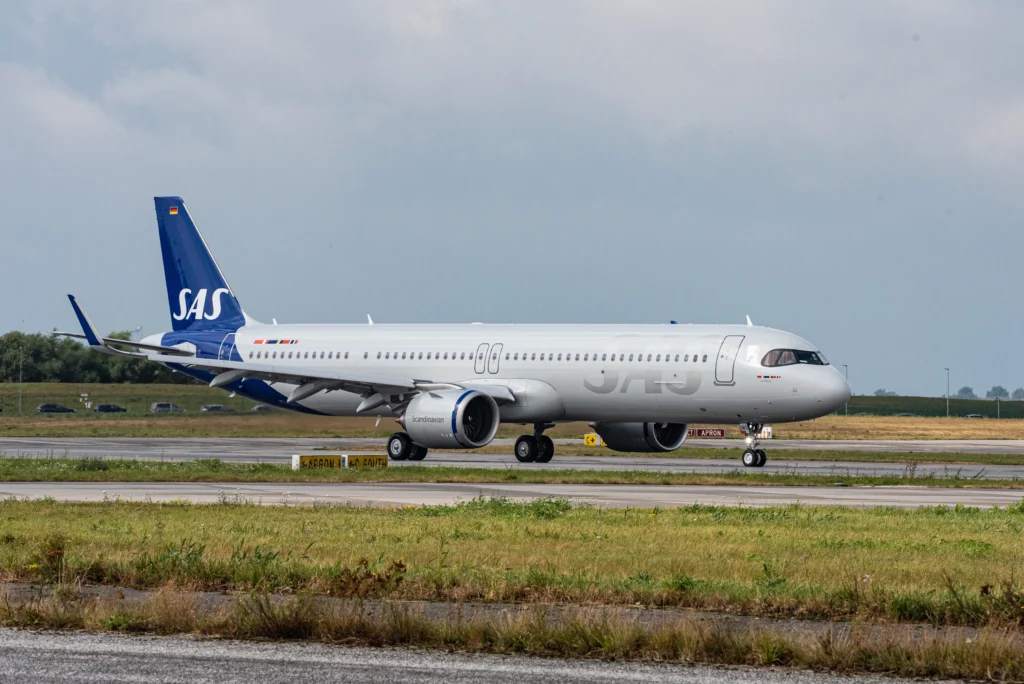
5. SAS Scandinavian Airlines (SK): Copenhagen (CPH)-Toronto (YYZ)
Distance: 3,383 nautical miles | Flight Time: 8h 40m | Aircraft: A321LR
Flight SK949 operates 414 times daily throughout summer after SAS joined SkyTeam in September 2024.
The reorganised airline discontinued Stockholm-Toronto service to concentrate A321LR capacity on this Copenhagen route, freeing resources for new SkyTeam-focused destinations, including Atlanta and upcoming Seattle.
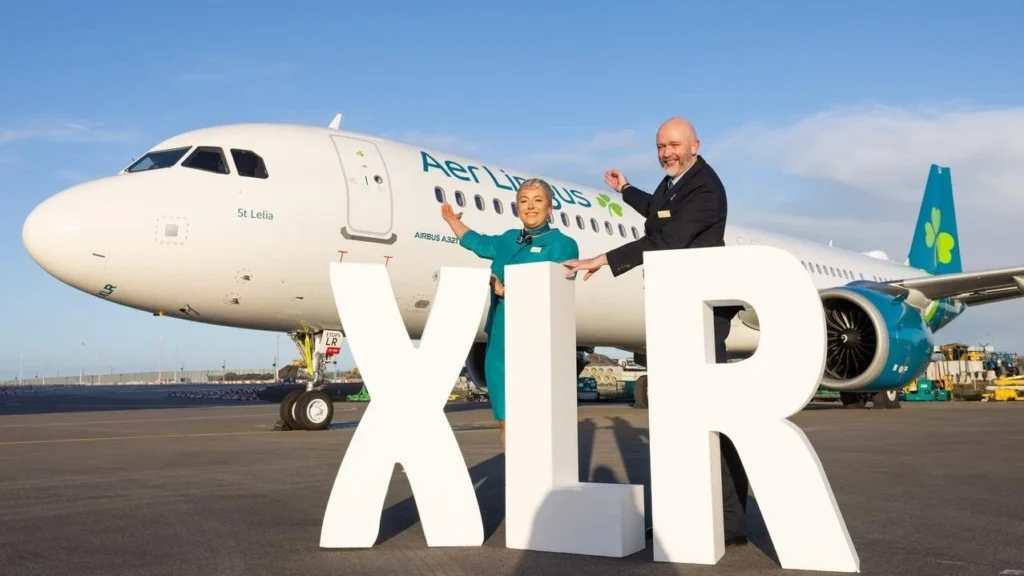
6. Aer Lingus (EI): Nashville (BNA)-Dublin (DUB)
Distance: 3,383 nautical miles | Flight Time: 8h 5m | Aircraft: A321XLR
Flight EI76 launches April 12, 2025, operating 226 times with the revolutionary A321XLR on Dublin’s first connection to Music City.
This four-times-weekly service showcases the XLR’s 4,700-nautical-mile range capability. Aer Lingus (EI) adds Indianapolis as its second XLR destination in May 2025.
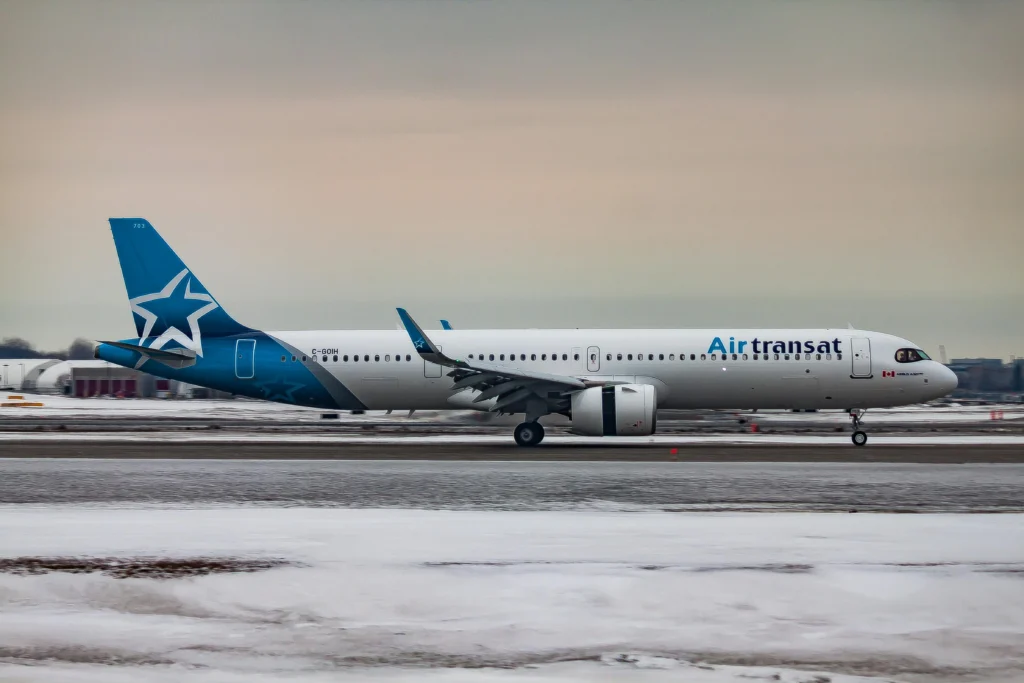
7. Air Transat (TS): Lima (LIM)-Toronto (YYZ)
Distance: 3,344 nautical miles | Flight Time: 7h 55m | Aircraft: A321LR
Flight TS153 operates 121 times from Air Transat’s Toronto focus city, offering economy and premium ‘Club Class’ service unusual for budget airlines.
The A321LR features individual touchscreens, reclining seats, meal service with alcohol, and free carry-on baggage at competitive fares.

8. Iberia (IB): Washington (IAD)-Madrid (MAD)
Distance: 3,306 nautical miles | Flight Time: 7h 50m | Aircraft: A321XLR
Flight IB362 operates 342 times starting April 12, 2025, using the world’s first commercial A321XLR.
The 182-seat aircraft features an enhanced Airspace cabin with 18-inch-wide economy seats and fully flat business class. Iberia (IB) originally planned a January launch but delayed it for operational readiness.
9. Air Transat (TS): Nice (NCE)-Montreal (YUL)
Distance: 3,306 nautical miles | Flight Time: 8h 40m | Aircraft: A321LR
Flight TS629 operates 116 times seasonally during summer peak, representing Air Transat’s extensive European network.
While some European routes utilise widebody A330s, the A321LR efficiently serves this 3,300-nautical-mile Riviera connection alongside other long European services to Paris, Marseille, and Amsterdam.
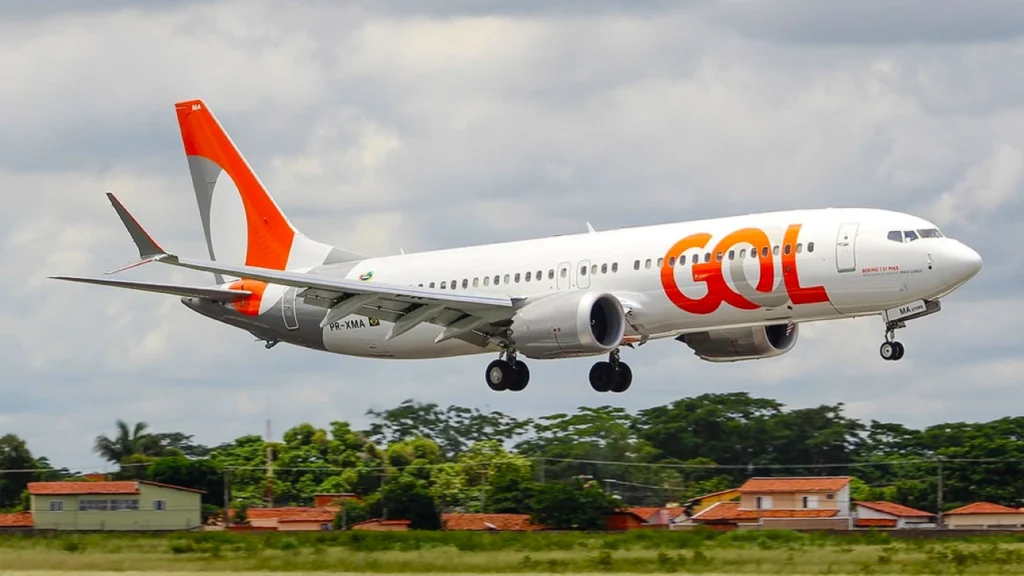
10. GOL Linhas Aereas (G3): Brasilia (BSB)-Orlando (MCO)
Distance: 3,289 nautical miles | Flight Time: 8h 25m | Aircraft: Boeing 737 MAX 8
Flight G37602 operates 416 times, holding the longest Boeing 737 MAX route record since 2018. Departing Brasilia at 09:40 and arriving Florida after 16:00, GOL demonstrates the MAX 8’s impressive 3,500-nautical-mile range alongside other long routes to Miami and Cancun.
The 737 MAX’s impressive range capabilities enable GOL to operate several ultra-long routes, including services to Miami and Cancun.
The airline’s success demonstrates that even the smaller MAX variants can compete effectively on routes traditionally dominated by larger aircraft.
Technical Achievements and Passenger Experience
These ultra-long narrowbody flights represent remarkable technical achievements. While approaching the theoretical limits of their aircraft types, airlines carefully manage weight, fuel requirements, and passenger loads to enable these services.
Commercial aviation regulations require at least 30 minutes of reserve fuel, making route planning critical for success.
The passenger experience on these flights varies significantly by airline and aircraft configuration.
Premium carriers like La Compagnie (B0) offer business-class-only service, while leisure airlines like Air Transat (TS) provide economy accommodations with enhanced meal service and entertainment options.
The newer A321XLR aircraft feature improved cabin environments with better lighting, larger bins, and more comfortable seating.
Airlines operating these routes must balance passenger comfort with operational efficiency. Block times ranging from 7 hours 45 minutes to 8 hours 40 minutes reflect different operational strategies, weather patterns, and aircraft performance characteristics.
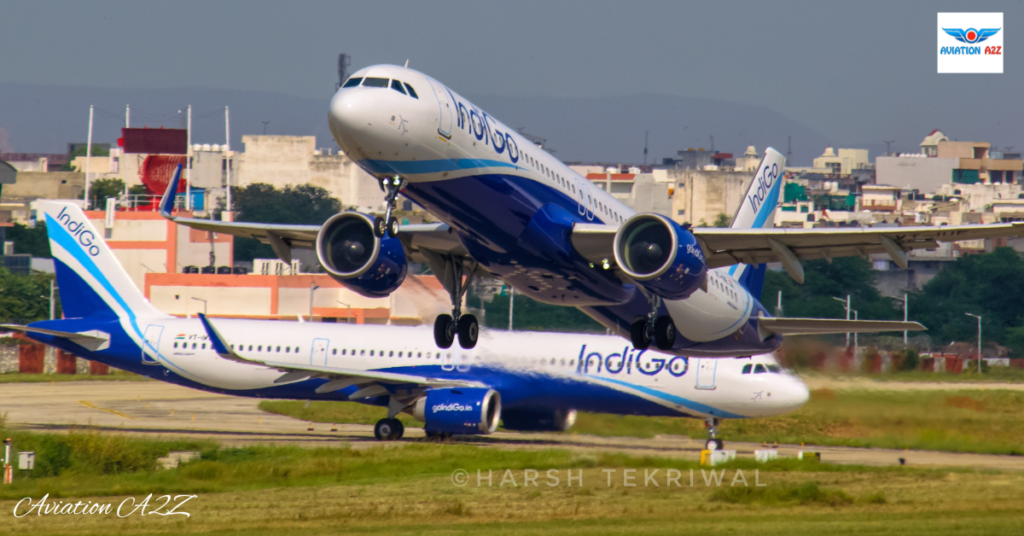
Bottom Line
The evolution of narrowbody long-haul flying represents one of aviation’s most significant recent developments. These 10 routes demonstrate that single-aisle aircraft can successfully operate services once exclusive to widebody jets, opening new possibilities for airline route networks and passenger connectivity.
As airlines continue pushing the boundaries of what’s possible with narrow bodies, passengers can expect even more surprising destinations to become accessible on these efficient workhorses. Just remember to pack extra patience for those eight-plus-hour journeys in economy – your knees will thank you for the warning, even if your wallet appreciates the savings!
Stay tuned with us. Further, follow us on social media for the latest updates.
Join us on Telegram Group for the Latest Aviation Updates. Subsequently, follow us on Google News

